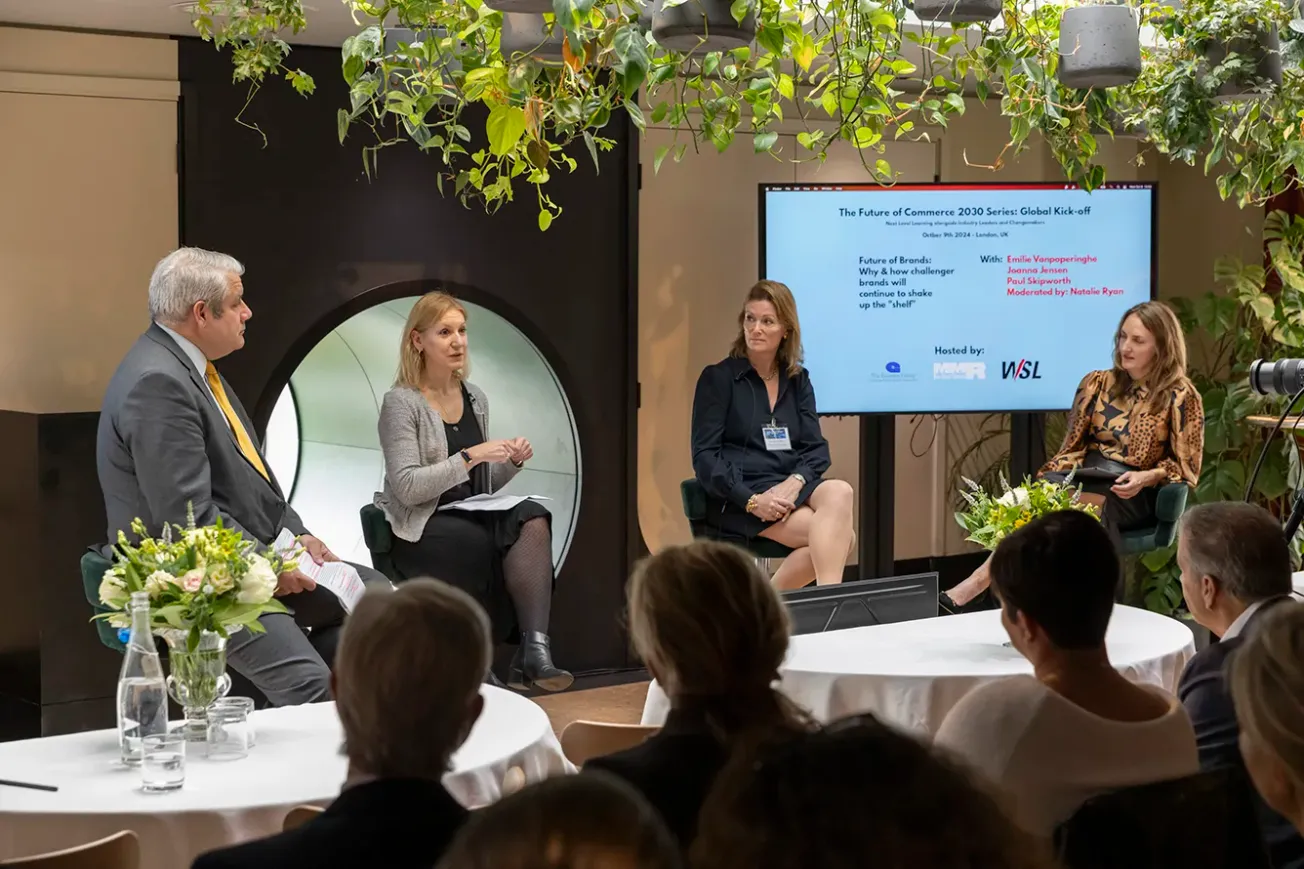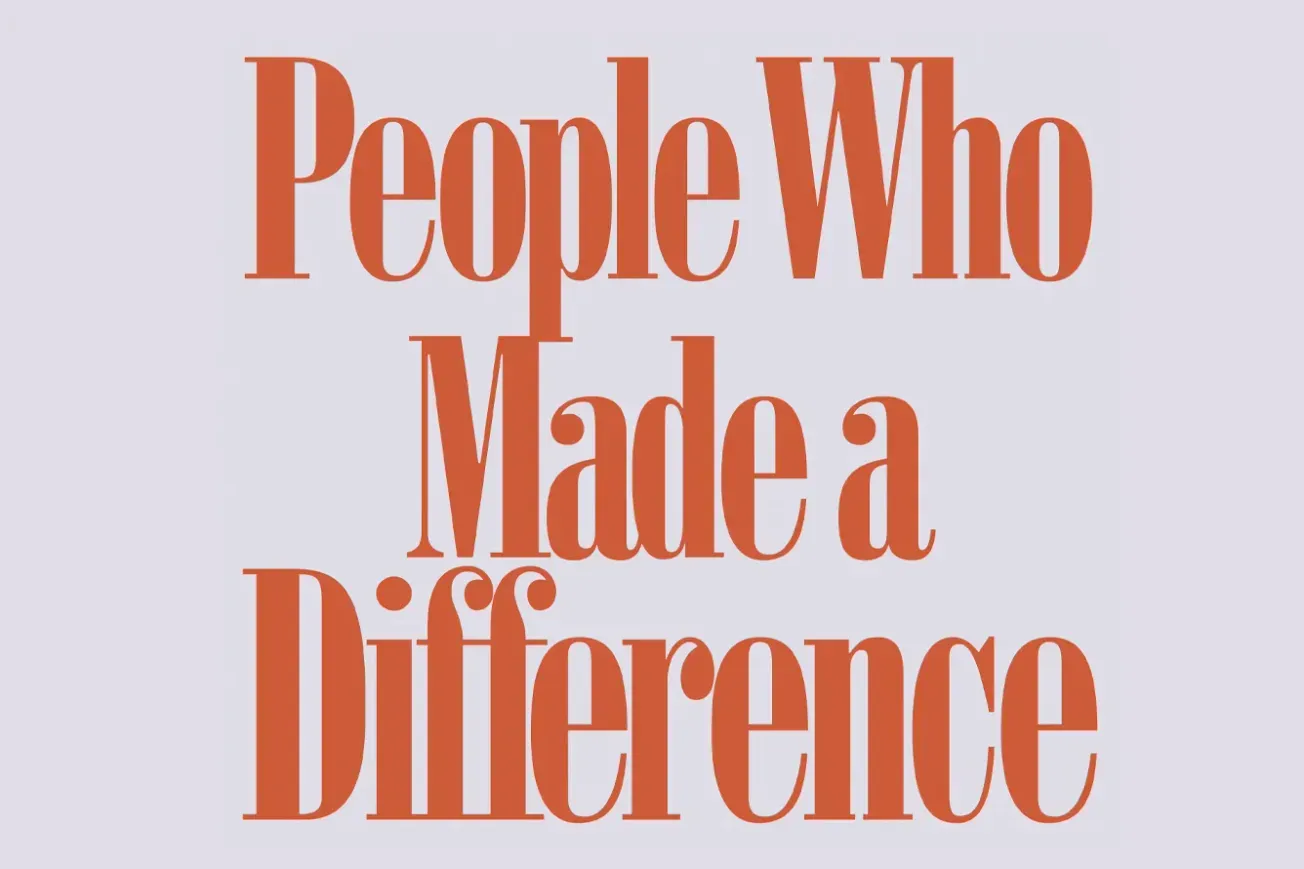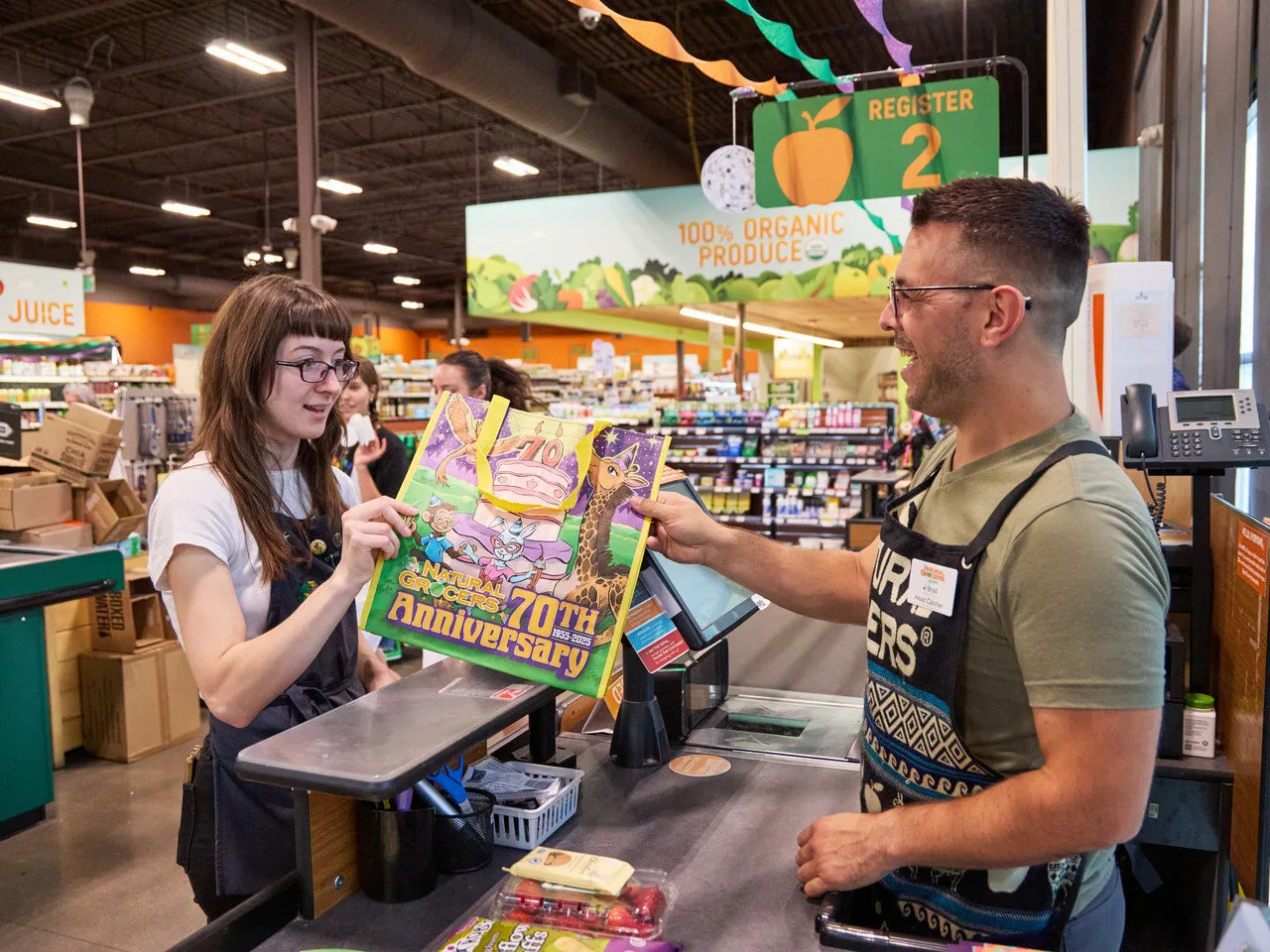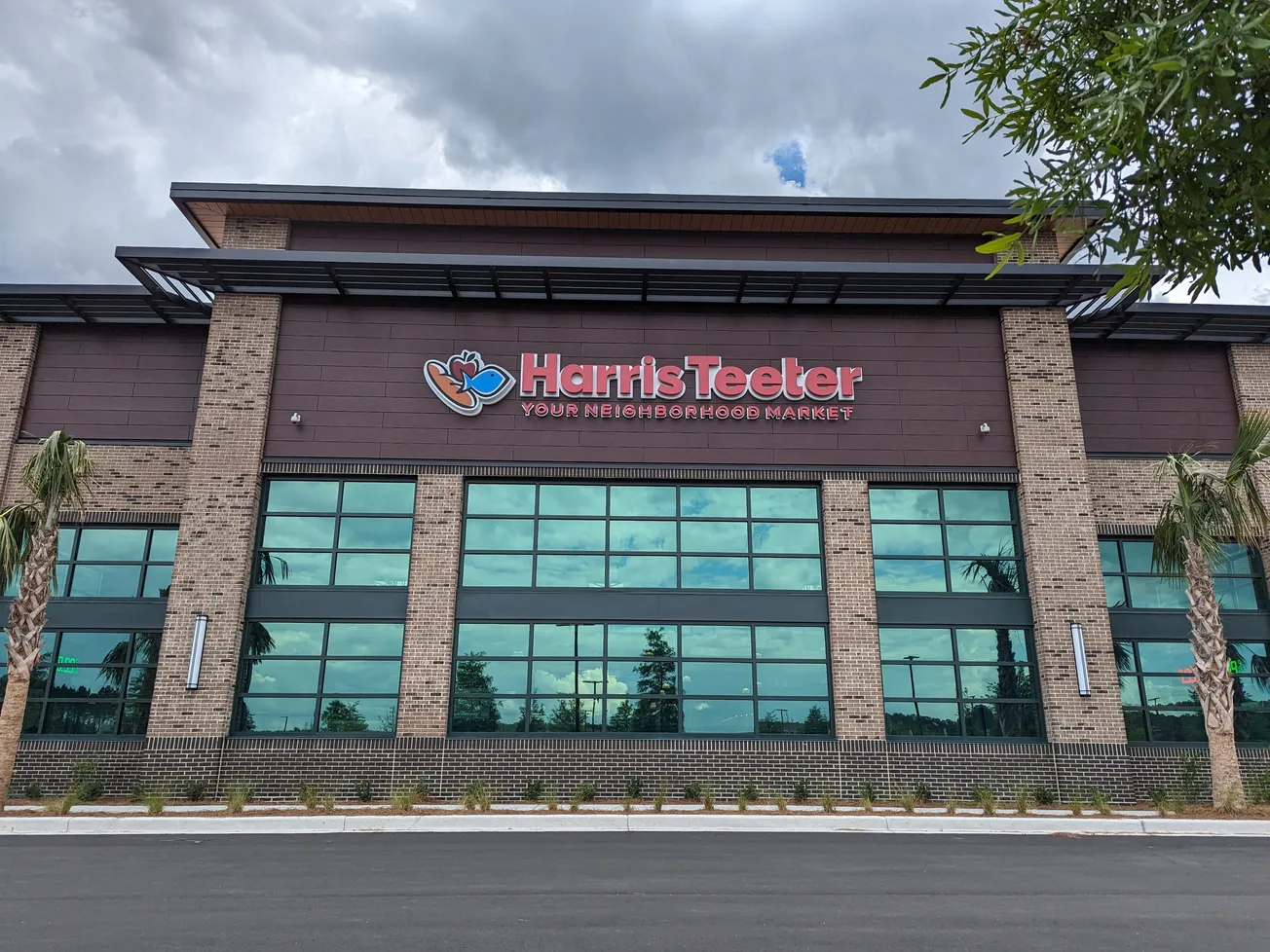LONDON — The last 10 to 15 years have seen challenger or emerging brands bring major disruption to the consumer packaged goods (CPG) arena. However, the future appears to hold more challenges for these players.
During a panel discussion on brands as part of the Emerson Group’s Future of Commerce 2030 Series held here recently, Natalie Ryan, director of data and insights for the Emerson Group, pointed out that small to mid-size brands in health and beauty care are projected have a bigger market share than the top 10 manufacturers combined next year.
According to Paul Skipworth, cofounder of Inverleith LLP, a private equity firm, the biggest CPG manufacturers allocate just 3% of their sales to research and development. Essentially, those companies now look to their mergers and acquisitions departments to bring them innovation.
“From an investment point of view, finding challenger brands, growing them and then selling them to grow the top line and bring innovation to fast-moving consumer goods (FMCG) is a good strategy,” he said. “And from 2010 to 2020, it was a really good place to be: find brands that are disrupting, agile, fast moving, tapping into consumer trends, growing quickly — invest in and professionalize them, scale them and then get somebody big to buy them.”
Emilie Vanpoperinghe, chief executive officer and cofounder of ODDBOX, noted that challenger brands often fulfill several needs and align with consumers’ values.
“Something that has led to the emergence of challenger brands is that they tap into values like sustainability or empowerment, which consumers now expect from a brand and which traditional brands will not necessarily be able to address,” she said. “Traditional brands will focus on price, quality and convenience.”
Vanpoperinghe remarked that ODDBOX challenges the market as a secondary marketplace for produce that partners with farmers to deliver fruit and vegetables that might be too big, too many or too odd directly to consumers through a subscription plan. Since 2016, the company has “rescued” more than 111 million meals and 46,000 tons of fruits and vegetables.
Challenger brands also distinguish themselves by engaging more closely with their consumers, according to Joanna Jensen, founding CEO of Childs Farm, a manufacturer of skin care products for children and infants with sensitive skin.
“The fundamental difference, I think, is because we actually get down in the dirt and we find out exactly who our consumer is, where they shop, what they like, what they read, what they eat, everything,” she said. “And we engage with them on many different levels, and that’s a complete game changer.”
However, in the wake of the COVID pandemic and, more recently, the invasion of Ukraine, there has been a major shift, Skipworth said. “Some of the bigger companies have more resilience to survive in the post-COVID world,” he elaborated. “They had financial reserves, they could cope with some of the pricing pressures during the hyperinflationary period that smaller companies couldn’t. So I think challenger brands have had a beating in the last three years.”
Skipworth adds that retailers in the U.K. are not building awareness of the challenger brands. “They are almost admitting you to the program, giving you space and then look after yourself,” he said. “And the [challenger] brands don’t have the financial resources to build awareness and really get more consumers into the brand. So I would suggest to the U.K. retailers that they need to support much more actively building awareness of these programs.”










